How to Use Rosemary, Lavender, and Cedar to Keep Moths Away

My brother recently asked me to mend the moth holes in two of his favorite cashmere sweaters. I almost hate to say this out loud, because as soon as I do it will change, but I’ve been lucky in that I’ve really never had moth damage in my clothes before. (argh…now I’m all nervous)
I actually enjoyed repairing the sweaters, it was oddly rewarding. That being said, it was only two sweaters, a total of probably ten holes. I’m not sure I’m ready to go into business mending moth holes.
So, when I sent them back to him, I wanted to give both of us some guidance on preventing moths and moth holes in the future. Talk about going down a deep, dark hole! Suffice it to say, I have just ordered some moth traps because I am now appropriately paranoid about getting an infestation of these little nasties.
Cloth Eating moths are typically one of two varieties; the casemaking clothes moth and the webbing clothes moth. The adult moths are typically about 1cm or 1/3″ long and yellow or grayish in color. As a point of reference, if you’ve seen those pantry moths (also known as Indian Meal Moth), the clothes moths can be only half the size of the pantry moth.
Creative Commons License, CC by 4.0
But, if you see one of these clothes moths and you eliminate it, don’t feel confident that you’ve solved your problem.
It is actually the larvae of the moths that do the damage; as the adult moths don’t even have mouths! Fully developed larvae will be approximately 1/2″ long. I really don’t want to ruin your breakfast, but it is important to know what you need to look for if you do find moth holes in your favorite sweater.
So this little critter is what eats the holes in your clothes. In fact, the case-making (or casebearing) moth larva (shown below) makes its case from the fibers of your favorite sweater! The larva of the webbing moth leaves behind a web, like that of a spider.
Creative Commons License, CC by 4.0
The larvae feed on keratin, which is found in animal fibers (think wool, fur, silk, feathers, felt, and leather), animal fiber blends (wool/cotton, wool/acrylic, silk/cotton, etc), and fur from the pets in your home (your cotton sweater with cat or dog fur on it).
How to Prevent Clothes Moths
Now that you are as freaked out as I am, let’s talk about how to prevent these little buggers in the first place. Unlike some moths, the moths that eat clothes are drawn to dark, damp, warm environments and dirty clothing (body oils, perspiration, food spills, etc), which is where they will then lay their eggs. So, packing away your dirty winter sweaters, blankets, coats, etc… in the basement over the summer is an engraved invitation to clothing moths.
- Clean Your Clothes, Blankets, etc…Before You Store Them Until Next Season. Not only will you remove any body oils or food spills, but you will also wash away any eggs or larva that may have already taken up residence. And while the moths won’t eat your cotton or acrylics, if they are attracted to those clothing items that are stored with the woolens, you are back in the same place. So wash everything before you store it for the season. Don’t use fabric sizing, starch, or softener as the scents can attract moths. And make sure everything you store is completely dry! You don’t want to start off with a nice, damp environment.
- Dry cleaning is the most effective for killing moth larvae and eggs for items that can’t be washed in hot water.
- For items that can be washed, use hot water in your washing machine. Most hot water is about 130°; anything above 120° should kill the larvae and eggs. I have used Woolite Dry Clean At Home Sheets to ‘dry clean’ our Pendleton blankets after each winter, -instead of taking them to dry cleaner.
- Wash Second-Hand Clothes Immediately. If you like to shop at consignment stores or second-hand stores (and who doesn’t!?), make a practice of washing or dry-cleaning those second-hand items before you put them in your closet.
- Vacuum and Clean Regularly. Clothing moths are drawn to dark spaces, making most clothes closets inviting spaces. Vacuum and wipe down your closets regularly, making sure to get into the corners and crevices. Once done vacuuming your closets, empty the vacuum bag as it may contain eggs and larvae. Storage Once your clothes are clean, tuck them away safely.
- Because cloth moths like dark spaces; clean, transparent containers are best. Make sure that your container is clean before you tuck your clean clothes in for the season. Here are two options for airtight/moisture-proof gasket containers, Sterilite and IRIS Weathertight. If your container is not airtight, go the extra mile and ensure a tight seal with duct tape. Label your container with what it contains.
- Vacuum-sealed storage bags are another great option as they take the little space and guarantee pest-free storage as they remove oxygen and larvae cannot live without that.
- Zippered Sweater Bags are another option.
- Cardboard boxes attract insects, are dark, and can easily be chewed through. Avoid them.
- A cedar closet or chest repels the moths that eat clothes but needs to be sanded regularly to keep the oil fresh.
- Store clothing in a cool, well-ventilated, dry area. Avoid garages, basements and attics.
- Moth Traps I just bought a pack of these. I will hang them in my closets where I have wools and such. They only attract the male moth, but without a male, you can’t get too many eggs! And I figure it’ll be a good indicator if I have a moth issue.
- Moth Repellents. We are all familiar with mothballs and cedar as moth repellents. Mothballs actually repel and kill moths that eat clothes and their larvae, but at a cost to our health as well. As they evaporate, they release toxic chemicals. In fact, naphthalene, one of the components of mothballs, is also a toxin released in car exhaust. So, I’m taking a hard pass there. In investigating cedar, it seems that how it works is that its scent is so powerful that it masks the scent of the keratin that the larvae are looking for, so essentially they starve. There is also evidence that if strong enough, the cedar aroma actually does kill the larva. However, you have to regularly replenish or sand the cedar as it dissipates over time. Seems the cedar aroma lasts about three months; which means you need to refresh or replace the cedar at a minimum of four times a year. Some experts recommend a monthly refresh or replenishment of cedar products.
- Lavender, Eucalyptus and Rosemary are also scented often credited with repelling moths. The keyword again is ‘repel’…they will not kill moths that are already there. Once again, a monthly refresh with lavender and eucalyptus oil is required.
So, in addition to wiping down my closets and washing my wool sweaters and suits, I'm using some wooden balls and essential oils that I already had to make my own moth repellants.
- Once the closet is clean, I’ll start cleaning my wool and cashmere sweaters in Eucalan (either Lavender or Eucalyptus) as the moths don’t like these scents. Eucalan is a rinse-free wool wash; it claims that the residual lavender and eucalyptus repels the moths. I bought some of these sweater bags, I’ll start tucking in my better sweaters in once clean.
- After Cleaning my sweaters, I'm storing them in bags. I've tucked wooden balls drenched in Rosemary, Lavender and Cedar oil in each bag.
Lavender, Rosemary and Cedarwood Oil will help repel clothing moths.
Two to three drops of each essential oil or 7 drops of just one will stay fragrant for a month or two. Once you notice the scent dissipating, simply apply a few more drops.
Tuck the scented balls into the zippered bags with your sweaters.
It was a process washing all of our woolen sweaters and taking our suits to the dry cleaners, but I feel I'm being proactive in preventing moth damage.
And, our room and closet smell great!
Enjoyed the project?
Resources for this project:
See all materials
Comments
Join the conversation
-
 Eigockel
on Feb 10, 2024
Eigockel
on Feb 10, 2024
Hi, Lynn - I have another remedy. Tobacco! My mother used to put a pack of my dad's cigarettes in all the closets. Moths don't like tobacco.
In another case, I had to help clear out a deceased cousin's condo in Dallas, Texas. He was a heavy smoker - the walls and every surface were coated in a yellowish film of nicotine. His place was filthy, but I discovered, while cleaning out cabinets and closets, there were NO BUGS!
-
-





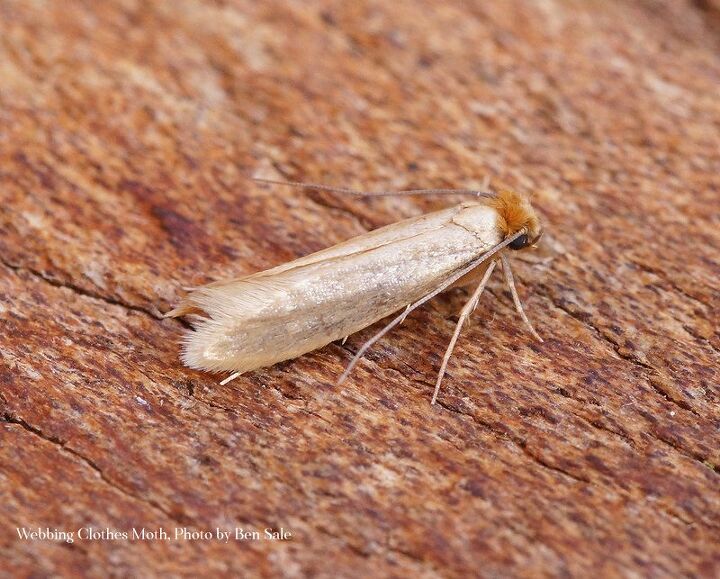


















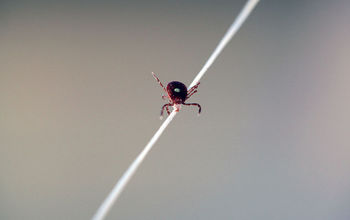








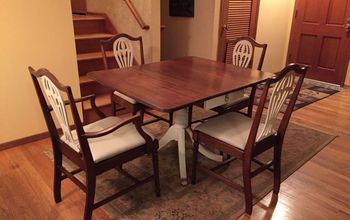
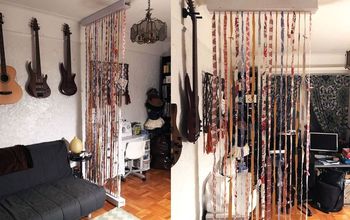
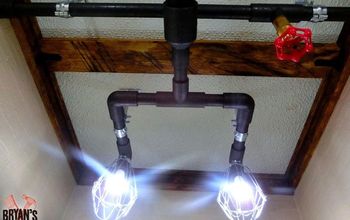
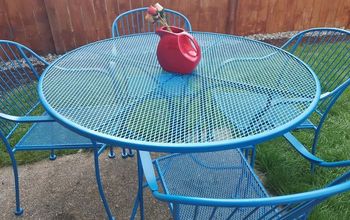
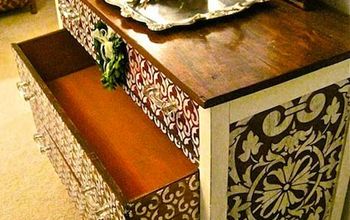
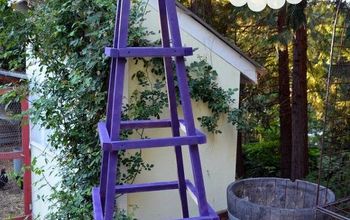

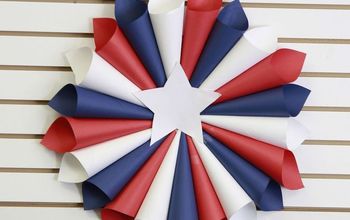
Frequently asked questions
Have a question about this project?
where did you purchase the wooden balls?
What about the oils making a oil mark on your clothes. I would just place or hang a few of the oil balls